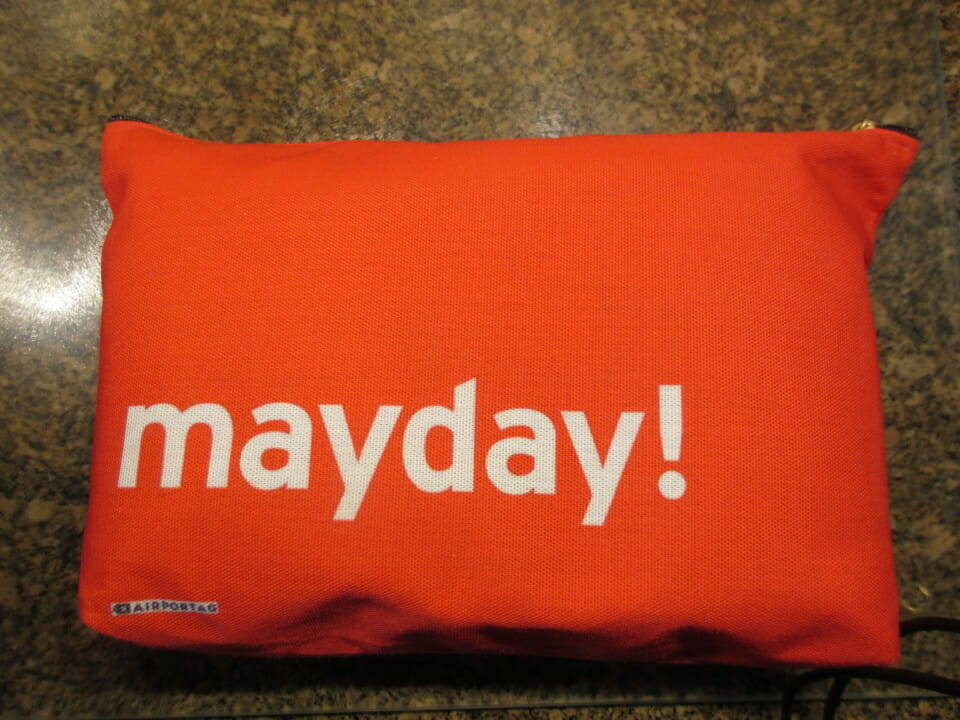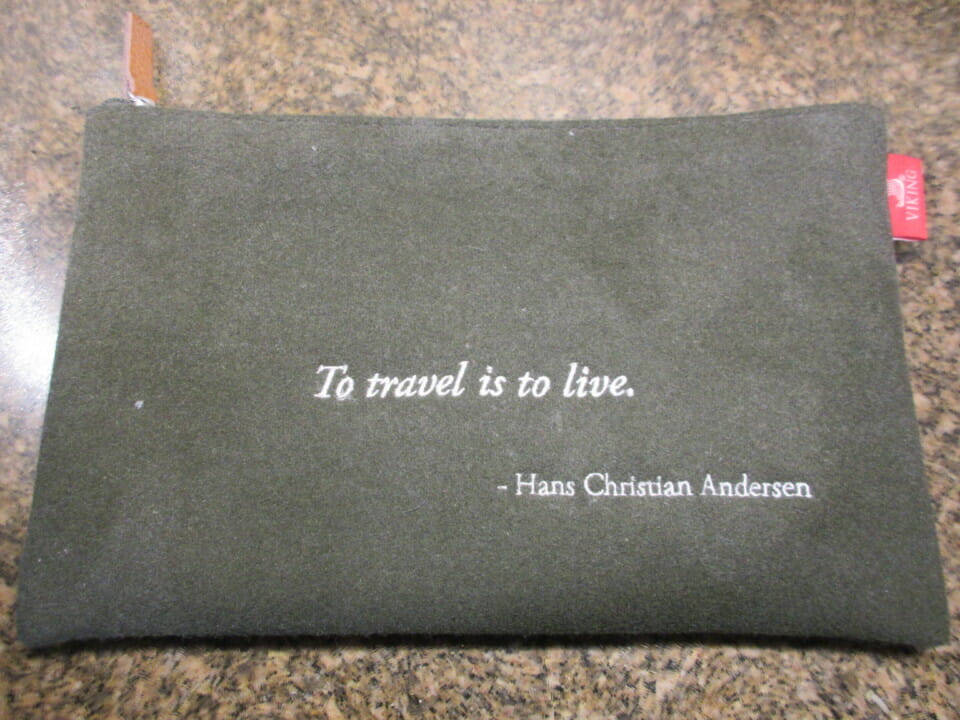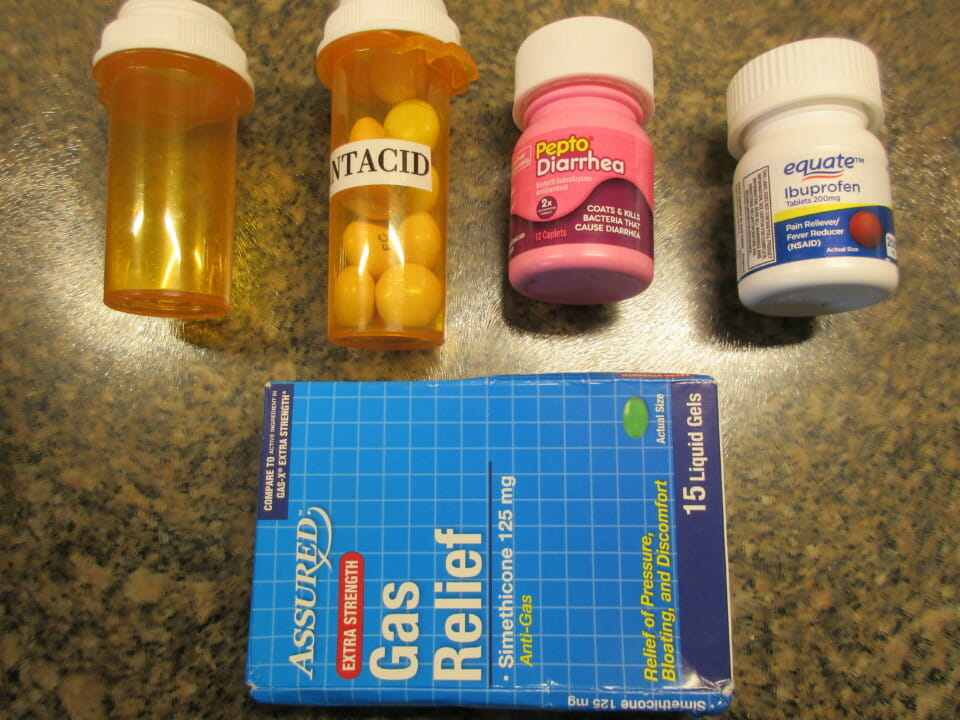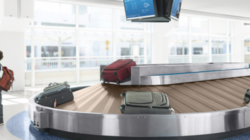Shelly and I are experienced, world travelers. It is from this experience that we know three things:
- Stuff can and will happen during a trip,
- When stuff happens, it likely strikes at a time and location that is not optimal and
- What you’ve got is what you’ve got.
That “stuff” that can happen can be a minor first aid event to an episode of illness requiring either over-the-counter or prescription medication. When I was in the Boy Scouts, I learned the Boy Scout motto – Always be prepared. Traveling is no exception to being prepared. You can run into trouble:
- On a 10+ hour, intercontinental flight,
- On a hiking trail,
- Eating some “dicey” cuisine,
- Drinking some “suspect” water.
Actually, there is no limit to the unfortunate situations travelers can find themselves in.
My “go bag” gets carried in my backpack whether I’m on board a flight, in a car, on a tour or taking a hike. One thing that you can count on is when trouble strikes, you’ve got what you’ve got. If you are flying at 40,000 feet, in the middle of nowhere or it’s 3:00 am, you may have to rely on what you brought with you.

First things, first – the “go bag” itself. My bag is red and is easily identifiable for quick access, even in the dark. The bag has a flat bottom, measures 12.5 by 7 inches and it is constructed of a durable Cordura fabric. You may already have a suitable bag.
Mayday is a distress call that is used to signal a life-threatening emergency, usually on a ship or a plane, although it may be used in a variety of other situations. “Mayday” is derived from the French word “m’aider” which means “help me”. It began as a distress call in the 1920s. On a personal note, I have never had to declare a “mayday”. I was flying a Cessna 182 once where we had to declare an inflight emergency due to an alternator failure. An in-flight emergency is an unexpected and unforeseen serious occurrence or situation that requires urgent, prompt action but the aircraft is not in immediate danger.
The pouch below was used by Viking River Cruises to deliver our cruise travel documents.

The contents fall into three groups:
- Safety,
- First aid and
- Medications.
The Safety Group

This group consists of:
- Face masks from Alaska Airlines, the cost was zero,
- Sanitizing wipes from Alaska Airlines, the cost was zero and
- Sickness bags from Alaska Airlines, the cost was zero.
The First Aid Group

Cuts, blisters or a sprained ankle? I’ve got it covered.
This group consists of:
- 85- piece first aid kit from Walmart, the cost was $4.88,
- Mini first aid kit with bandaids from mini to jumbo 2-inch by 4-inch from Dollar Tree, the cost was $1.00,
- Moleskin padding from Walmart, the cost was $1.47,
- A roll of velcro-tape that I already had and
- An elastic bandage from Dollar Tree, the cost was $1.00.
The Medication Group

Acid indigestion, gas build-up or diarrhea can cause havoc. After eating your five-course dinner in first class and then laying down, you might be looking for a little relief.
This group consists of:
- Antacid / antacid-antigas tablets. The chewy and tasty ones from my large bottle at home,
- Pepto Diarrhea tablets from Walmart, the cost was $4.98,
- Ibuprofen tablets from Walmart, the cost was 98 cents and
- Anti-gas liquid gels from Dollar Tree, the cost was $1.00.
Any prescription medications also go into the Go Bag. Never transport prescription medication in your checked bags. That time that you need your medication and you don’t have access to it could have disastrous consequences. Used prescription bottles are great for taking a “trip size” amount of medications. If you reuse one of these bottles for another purpose, be sure to remove the prescription label and relabel it with the actual contents. If you are stopped by the police and they find a prescription bottle in your possession with the name of somebody else there could be trouble. Whether the contents are benign or a controlled drug, the police could detain you until they can sort things out.
First aid supplies, like those recommended on the Mississauga CPR and First Aid Courses, and medications whether prescription or over-the-counter may have expiration dates. At the beginning of each year, I take inventory and replace any items that have reached their shelf-life.
Final Thoughts
You don’t have to be a Boy Scout to be prepared. Being prepared can help you survive a trip when unanticipated injuries or illnesses happen. You don’t have to spend a lot of money to put your “go bag” together. You may already have some of these items at home. The contents of my bag cost a total of $15.31.




